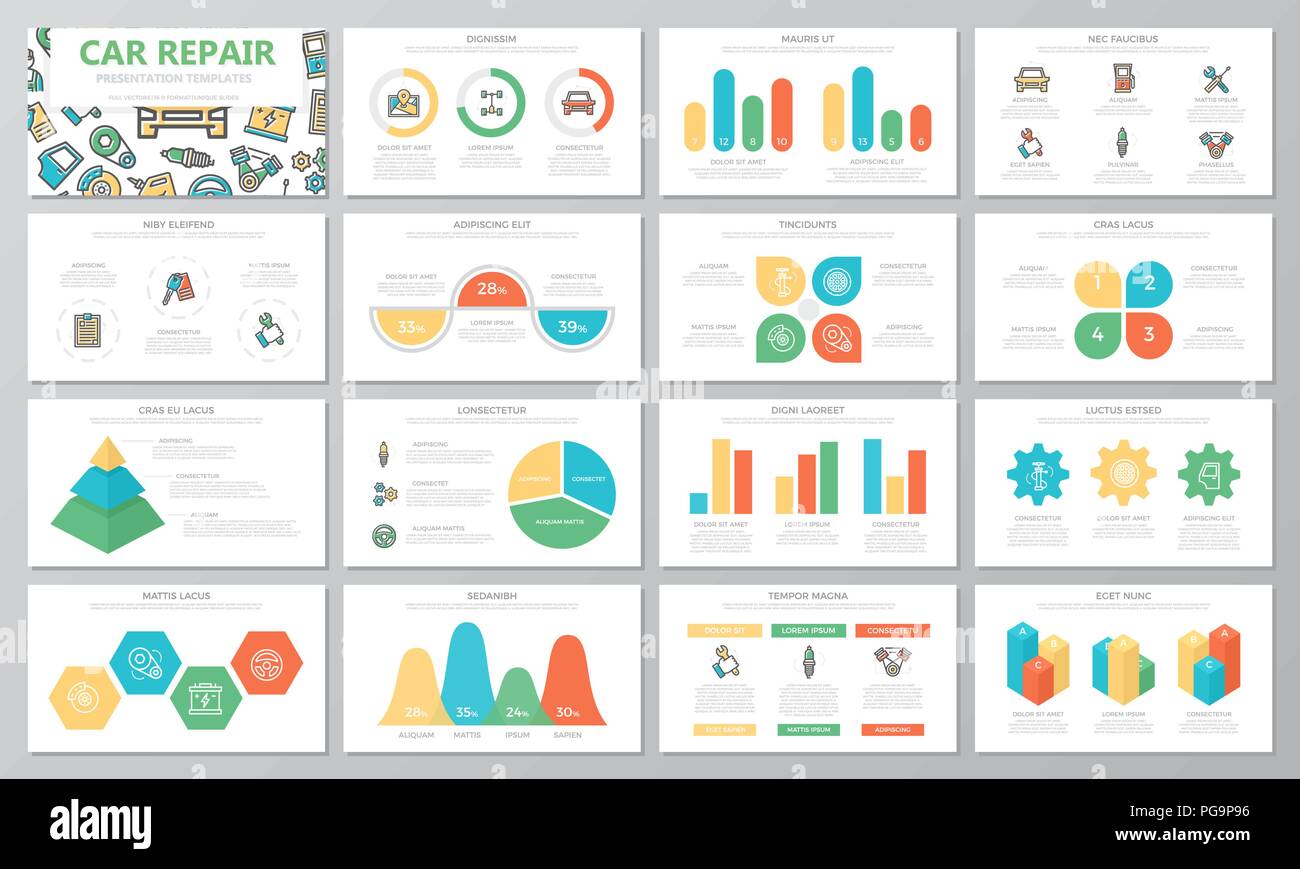Analyzing Your Automobile'S Alert Lights: Their Real Implications
Analyzing Your Automobile'S Alert Lights: Their Real Implications
Blog Article
Writer-Vinson Winters
When you're behind the wheel, those radiant caution lights on your dashboard can be a little bit bewildering. Do you know what they're attempting to inform you concerning your vehicle's health? Understanding the value of these lights is essential for your safety and the durability of your vehicle. So, the next time one of those lights turns up, would not you wish to decode its message properly and take the needed steps to resolve it?
Common Caution Lighting and Interpretations
Determine typical caution lights in your car and recognize their significances to guarantee safe driving.
One of the most normal warning lights include the check engine light, which signals issues with the engine or emissions system. If this light comes on, it's vital to have your vehicle examined quickly.
The oil pressure advising light shows low oil pressure, needing prompt interest to stop engine damage.
A flashing battery light might suggest a malfunctioning billing system, possibly leaving you stranded if not attended to.
The tire stress tracking system (TPMS) light signals you to reduced tire pressure, impacting car security and fuel efficiency. Disregarding this can lead to dangerous driving conditions.
The abdominal light shows a problem with the anti-lock braking system, jeopardizing your capability to stop promptly in emergencies.
Last but not least, the coolant temperature level advising light warns of engine getting too hot, which can cause serious damages if not solved quickly.
Comprehending these usual caution lights will certainly help you resolve problems promptly and keep risk-free driving conditions.
Importance of Prompt Focus
Recognizing the typical caution lights in your auto is only the first step; the importance of promptly addressing these cautions can not be highlighted enough to ensure your security on the road.
When a caution light illuminates on your control panel, it's your cars and truck's method of connecting a potential issue that needs focus. Ignoring these cautions can lead to more serious issues later on, jeopardizing your safety and potentially costing you more out of commission.
detailing auckland to warning lights can stop malfunctions and crashes. As an example, a flashing check engine light might indicate a misfire that, if left neglected, can cause damage to the catalytic converter. Resolving this without delay can conserve you from a costly repair work.
Likewise, a brake system advising light could signify reduced brake fluid or worn brake pads, important components for your security when driving.
Do It Yourself Troubleshooting Tips
If you see a caution light on your control panel, there are a couple of DIY repairing ideas you can attempt prior to looking for professional assistance.
The first step is to consult your cars and truck's handbook to understand what the particular caution light indicates. Occasionally the issue can be as simple as a loose gas cap activating the check engine light. Tightening the gas cap might resolve the issue.
One more usual issue is a reduced battery, which can activate numerous alerting lights. Examining https://www.cbtnews.com/should-your-service-department-consider-using-automated-vehicle-inspections/ for corrosion and ensuring they're safe might repair the problem.
If a warning light lingers, you can try resetting it by detaching the cars and truck's battery for a few mins and afterwards reconnecting it. Furthermore, checking your vehicle's fluid levels, such as oil, coolant, and brake fluid, can help troubleshoot alerting lights related to these systems.
Conclusion
In conclusion, recognizing your auto's caution lights is vital for maintaining your lorry running efficiently and safely. By quickly attending to these signals and recognizing what they indicate, you can prevent pricey fixings and possible malfunctions.
Remember to consult your automobile's guidebook for particular details on each advising light and take action as necessary to guarantee a hassle-free driving experience.
Keep notified, remain risk-free when driving!
